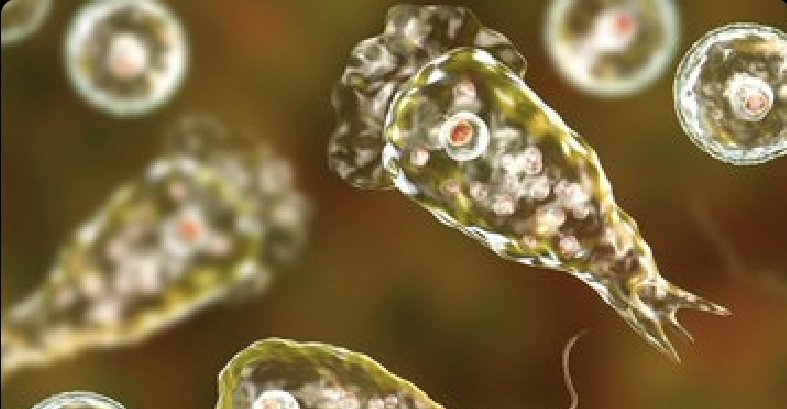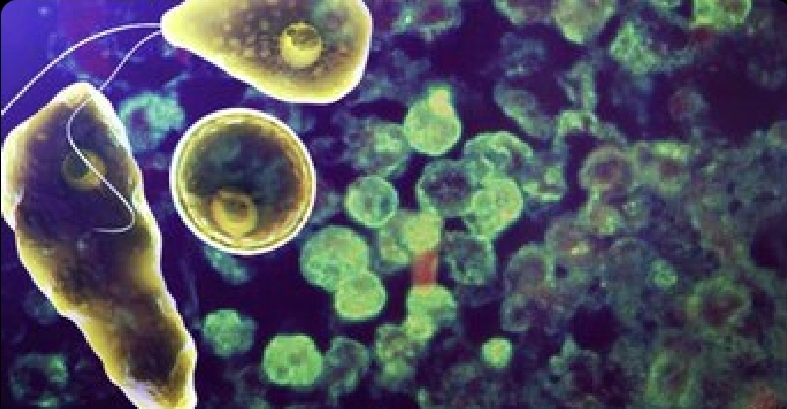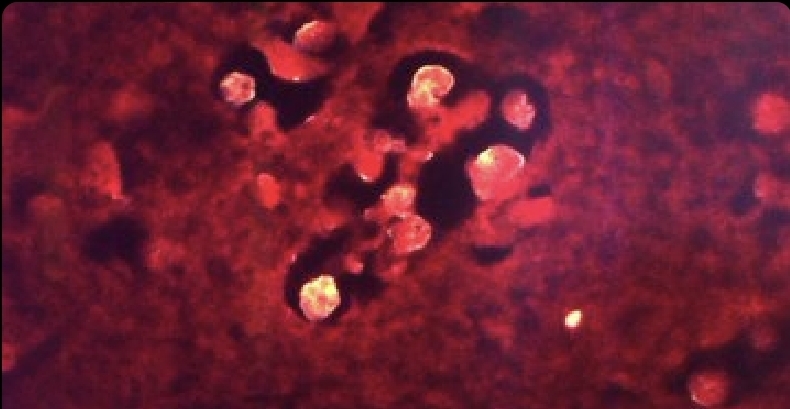**Columbia, South Carolina
Prisma Health Children’s Hospital in Columbia confirmed on July 22, 2025, that a pediatric patient treated at their facility succumbed to an infection caused by Naegleria fowleri, commonly known as the brain-eating amoeba. The South Carolina Department of Public Health (SCDPH) reported that the exposure is believed to have occurred at Lake Murray in early July, marking the first confirmed case of this rare but deadly infection in South Carolina since 2016.
Naegleria fowleri is a naturally occurring amoeba found in warm freshwater environments such as lakes, rivers, ponds, and hot springs across the Southeast, particularly during the summer months when water temperatures rise. Dr. Anna-Kathryn Burch, a pediatric infectious disease physician at Prisma Health, explained that the amoeba thrives in warm conditions and can become more concentrated when water levels drop due to heat. While the amoeba is common, infections are extremely rare, with fewer than 10 cases reported annually in the United States. However, the infection, known as primary amebic meningoencephalitis (PAM), carries a fatality rate of over 97%, with only four survivors out of 164 documented U.S. cases between 1962 and 2023, according to the Centers for Disease Control and Prevention (CDC).

The infection occurs when water containing the amoeba forcefully enters the nasal passages, allowing it to travel to the brain. It cannot be contracted by drinking water, ingesting contaminated food, or through person-to-person contact. Early symptoms, which typically appear one to 12 days after exposure, include severe headache, fever, nausea, vomiting, and a stiff neck. As the infection progresses, it may cause cognitive or physical impairments, seizures, and, in most cases, death. Dr. Burch noted that affected patients often require intensive care, including ventilators and high doses of antibiotics and antimicrobials, though effective treatments remain limited due to the rarity of the infection and lack of comprehensive data.
SCDPH emphasizes that recreational water activities remain safe, as the risk of infection is low. Dr. Linda Bell, South Carolina State Epidemiologist, stated, “The fact that this is extremely rare, about 10 cases per year in the United States, indicates that recreational water activities for the general public are actually quite safe.” To reduce risk, health officials recommend holding or clipping the nose during water activities like diving or jumping into warm freshwater, using nose clips, or keeping the head above water. The amoeba is not found in saltwater, so ocean swimming poses no risk.
No further details about the patient, including age or specific location of exposure, were released by Prisma Health or SCDPH. The agency does not track or require reporting of Naegleria fowleri cases, focusing instead on public education about safe swimming practices. This case follows a 2023 incident in Georgia, where 17-year-old Megan Ebenroth died 11 days after swimming in a lake in McDuffie County, becoming the sixth recorded fatality from the amoeba in that state since 1962. A 2024 case in Texas also highlighted the amoeba’s danger, where a 71-year-old woman died after using tap water from an RV’s water system for nasal irrigation.
Health officials urge anyone experiencing symptoms after freshwater exposure to seek medical attention immediately and inform their doctor of potential exposure to ensure prompt diagnosis and treatment, despite the infection’s high fatality rate. Research continues to explore potential treatments, but no cure currently exists for this devastating infection.





